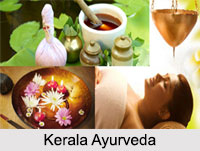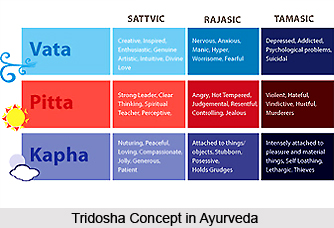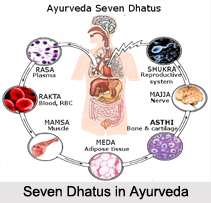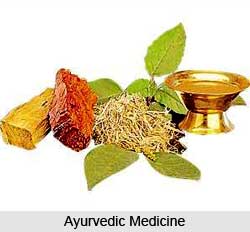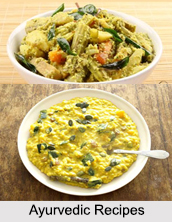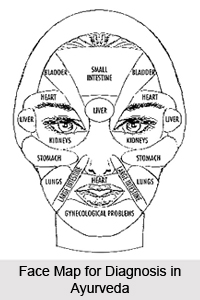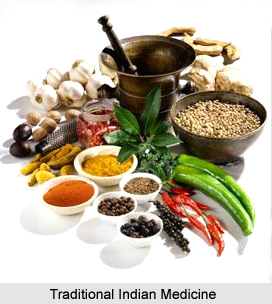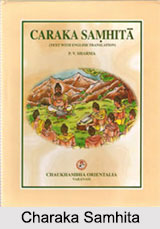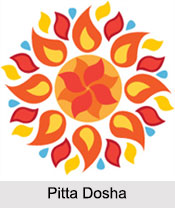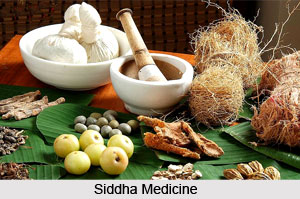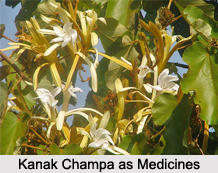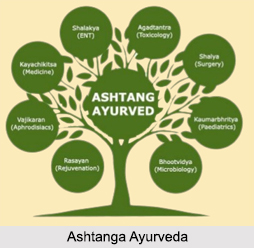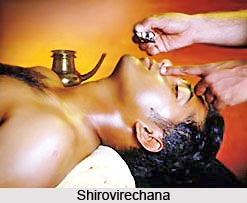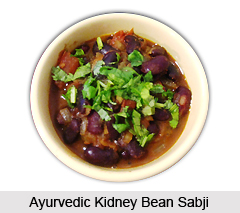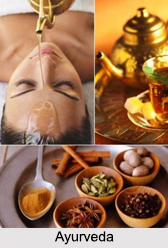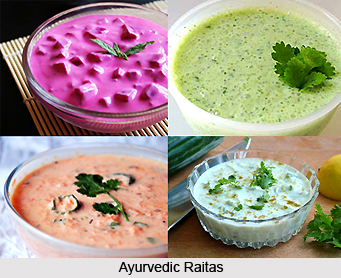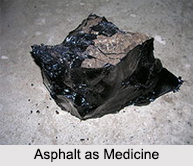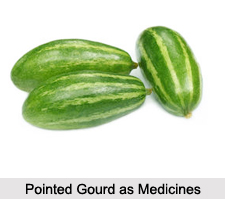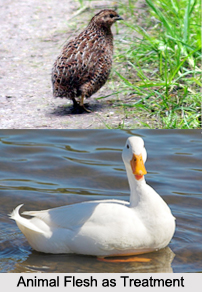 The different properties of the meat of various animals are described by Sanskrit writers in great detail. The flesh of the goat, domestic fowl, peacock and partridge is said to be easily digested and suited to the sick and convalescent. The meat of the deer, sambar, hare, quail and partridge is recommended for habitual use. Fish, beef and pork are considered hard to digest and unsuited for daily use.
The different properties of the meat of various animals are described by Sanskrit writers in great detail. The flesh of the goat, domestic fowl, peacock and partridge is said to be easily digested and suited to the sick and convalescent. The meat of the deer, sambar, hare, quail and partridge is recommended for habitual use. Fish, beef and pork are considered hard to digest and unsuited for daily use.
In describing the properties of the flesh of various animals, Sanskrit writers divide them into 2 classes, namely Jangala or land, and Anupa or water animals.
Animals living on land are sub-divided into 8 orders as follows Jangala, or animals living in the wilderness as deers, antelopes, etc.
•Vilastha or animals living in holes under ground, as serpents, lizards, porcupines, etc.
•Guhasaya or animals living in caverns, as tigers, lions, bears, etc.
•Parnamriga or animals living on trees, as monkeys, squirrels, etc.
•Vishkira or birds which take their food after tearing or scattering it, as peacocks, quails, partridges, etc.
•Pratuda or birds which strike with their beaks, as pigeons, wag-tails, cuckoos, etc.
•Prasaha or birds of prey, as the hawk, falcon, etc.
•Gramya or domestic animals, as ox, goat, horse, sheep, etc.
Animals living in water or marshy lands are sub-divided into 5 classes as follows:
•Kulechara or animals grazing in marshes, as buffalos, yak, rhinoceros, etc.
•Plava or birds which swim in water, as geese, ducks, cranes, etc.
•Kosastha or animals enclosed in shells, as conch-shells, bivalve-shells, etc.
•Padina or footed aquatic animals as tortoise, crocodile, porpoise, etc.
•Matsya or fishes.
Dose of Animal Flesh in Medicine
The flesh of various animals is used in medicine chiefly in the form of ghrita or taila. The following is a list of the more important and commonly used ghritas and oils made with the flesh of different animals.
Hansadi Ghrita is prepared with the flesh of geese, and used in cephalalgia and nervous diseases.
Kukkutadi Ghrita is prepared with the flesh of fowls, and used in chronic cough.
Siva Ghrita is prepared with jackal"s flesh and used in insanity.
Chhdgaladi Ghrita is prepared with goat`s meat and used in nervous diseases.
Sambukddi Taila is an oil prepared with the flesh of snails and used externally in ear diseases.
Nakuladya Ghrita is prepared with the flesh of the mongoose and used in nervous diseases.
Chhagaladya Ghrita: Take goat"s meat 6 seers and a quarter, dasamula 6 seers and a quarter in all, water 64 seers; boil till the latter is reduced to one-fourth and strain. Take clarified butter, milk and the juice of Asparagus racemosus (satamuli) 4 seers each; and the following substances in the form of a paste, namely; Tinospora cordifolia (guruchi), bamboo-manna, Withania somnifera (asvagandha), Hemidesmus Indicus (sariva), berries called kakoli, bulbs called kshirakakoli, pulse of Phaseolm trilobus (mugani) and of Glycine debilis (mashani), Ccelogyne ovalis (jivanti) and liquorice root, 1 seer in all; boil them together and prepare a ghrita. This preparation is given in facial paralysis, deafness, loss of voice or indistinct speech, convulsions, hysteria, sciatica, paralysis and other diseases of the nervous system.
Masha Taila: Take goat"s meat 8 seers, water 64 seers; boil together till the latter is reduced to 16 seers. Take the pulse of Phaseolus Roxburghii (masha), linseed, barley root of Barleria Prionites (kurantaka), Solanum Jacquinii, (kantakari), Tribulus terrestris (gokshura), bark of Calosanthes Indica (Syonaka), Jatamansi root, seeds of Mucuna pruriens (kapikvachchhu), each 1 seer, water 64 seers; boil down to 16 seers. Take cotton seeds, seeds of Crotolaria juncea (sana), pulse of Dolichos unifiorus (kulattha), dried pulp of Ziziphus Jujuba (kola), each 2 seers, water 64 seers; boil down to 16 seers. Take ginger, long pepper, dill seeds, root of Ricinus communis (eranda), of Boerhaavia diffusa (punarnava), Paederia Foetida (prasarini), Vanda Roxburghii (rasna), Sida cordifolia (berela), Tinospora cordifolia (gulancha) and Picrorrhiza Kurroa (katuki) equal parts; in all one seer, and reduce them to a paste. Boil the above mentioned decoctions and the paste with 4 seers of sesamum oil in the usual way. This oil is rubbed externally in convulsions, paralysis, wasting of limbs and other diseases of the nervous system.
